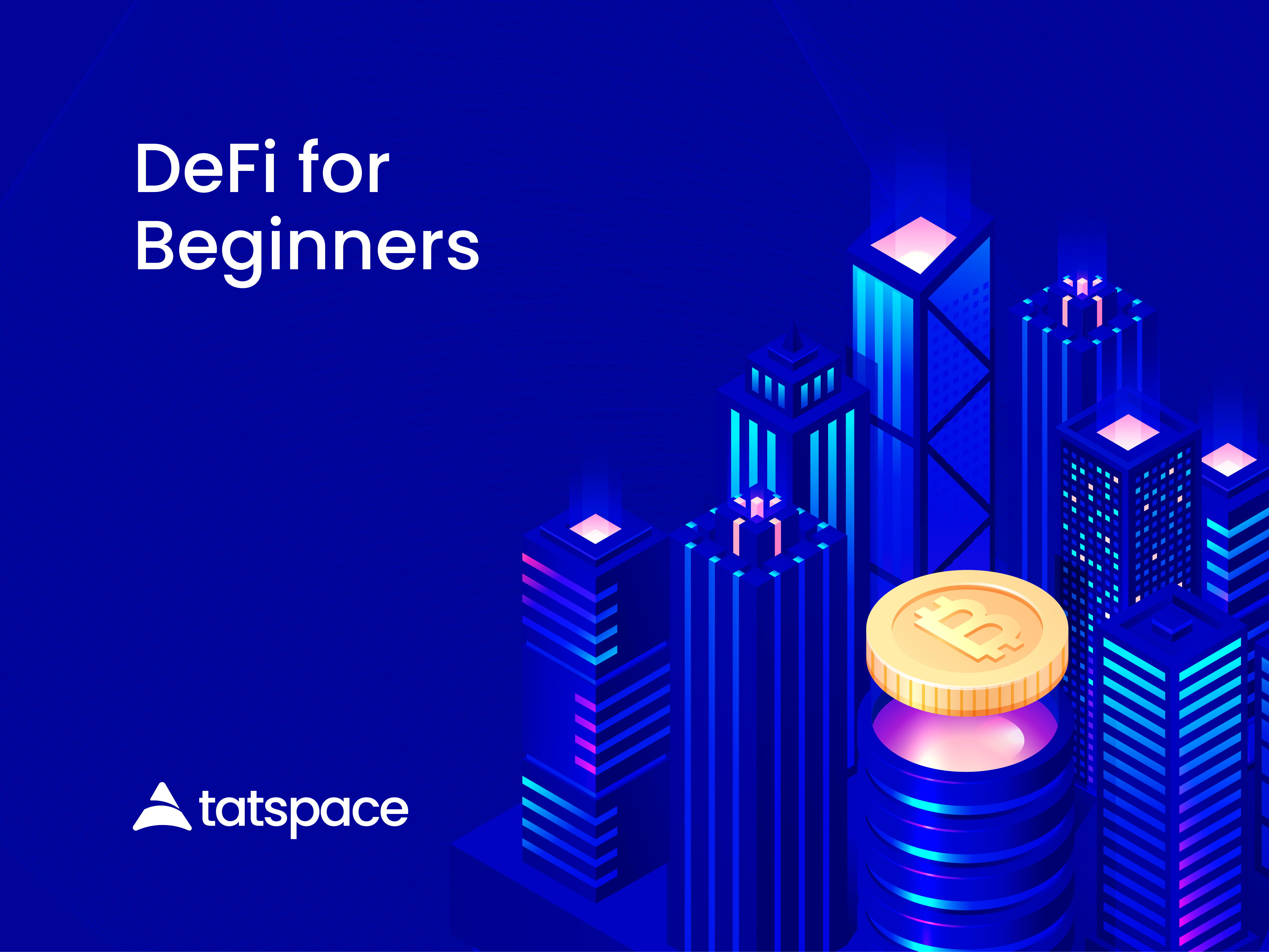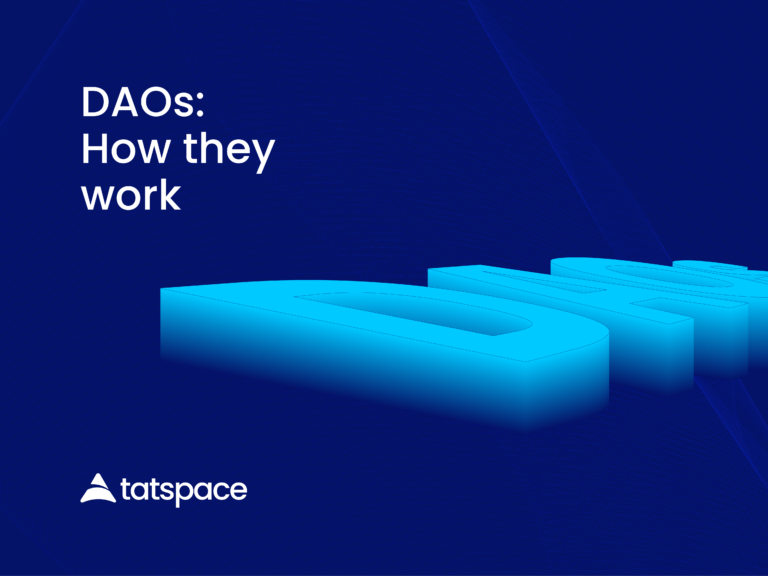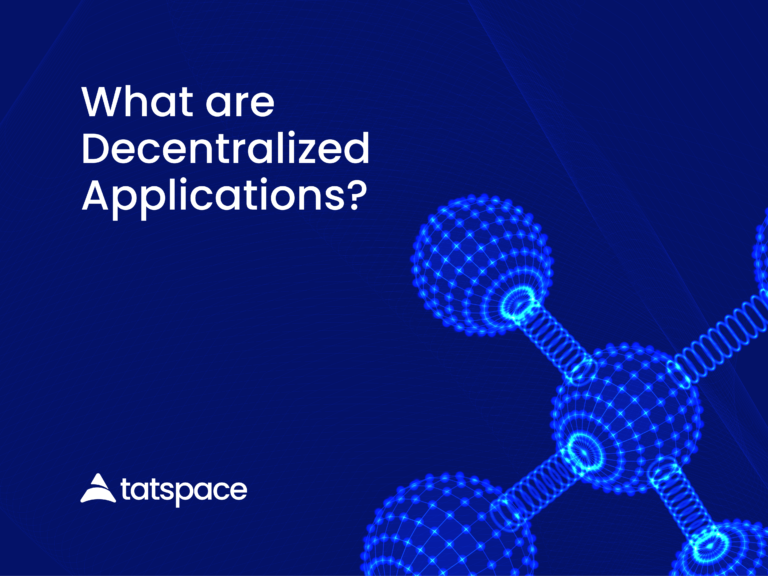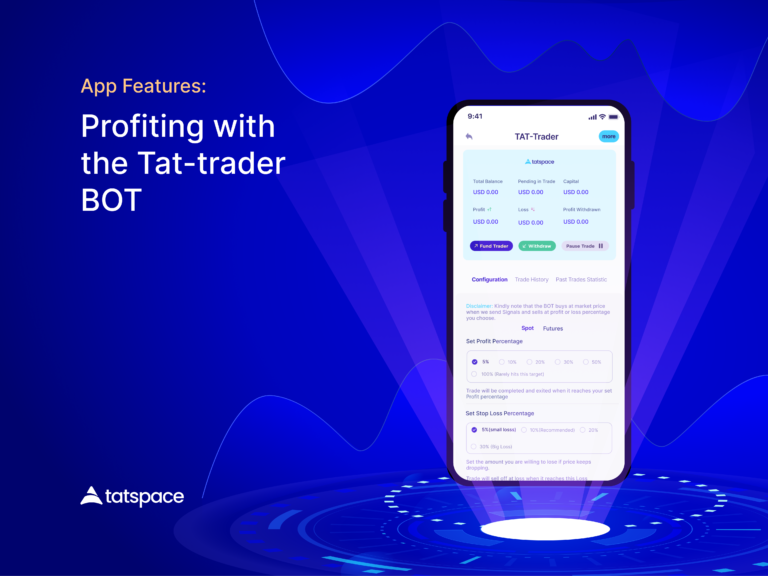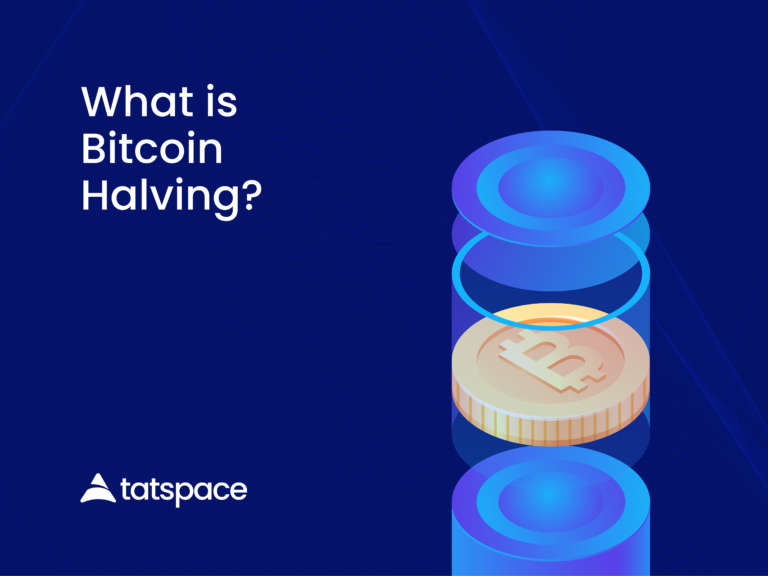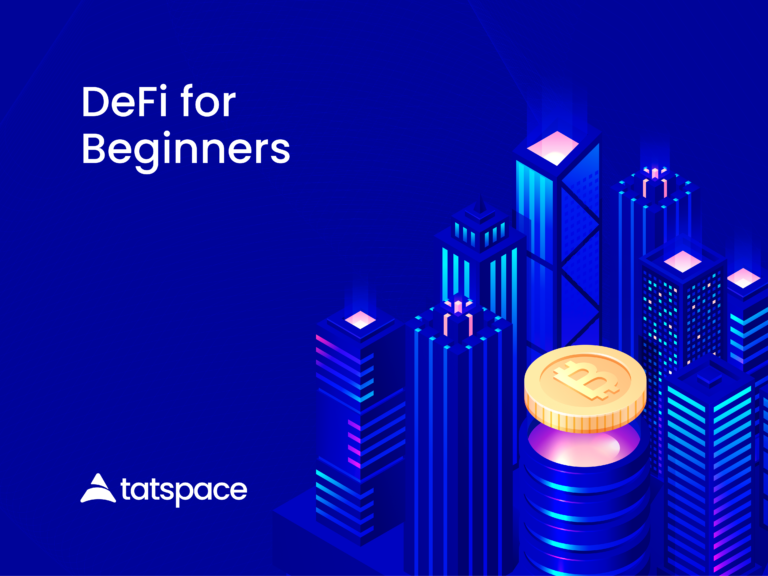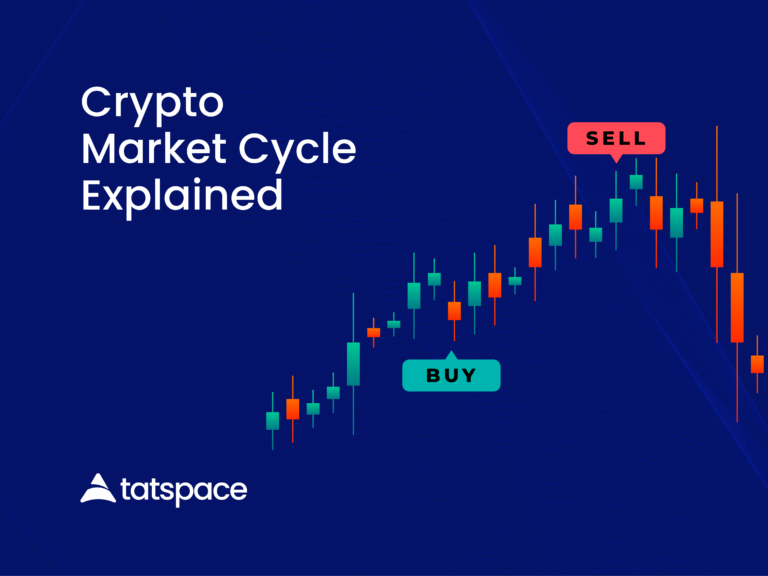DeFi is a very interesting part of the ongoing cryptocurrency revolution. With it, crypto users are discovering that hodling assets is not the only viable way to accumulate value over time. There are whole new ways to grow wealth more than is available through traditional banks or centrally available exchanges. And this is possible without the need for reliance on middlemen. It simply involves users interacting peer to peer using automated systems on the blockchain. So, let’s dig into this article to learn the basics of DeFi before you get into it.
What is DeFi?
First, the term DeFi is a shorter version of Decentralized Finance. It refers to a set of financial services and applications available on blockchain networks. It seeks to introduce a system of financial products that are totally free to access and very transparent. This does not rely on third parties to manage it or take custody of user’s assets. Transactions are automated with the use of Smart contracts.
Using smart contracts make these transactions faster. Once users meet the conditions already clear in the codes of the smart contracts, their transactions go through easily. No central authority needs to add any extra layer of verification. Users have faith on the smart contract code to perform its underlying actions.
Additionally, DeFi gives those people in the world without access to traditional financial services the opportunity to participate. There are no restrictions as to who can or cannot access them. Everything offered over DeFi is open on the public blockchain. Even DeFi applications are designed to be interoperable and compatible with existing blockchain infrastructure.
Financial Services on DeFi
1. Decentralized saving
Crypto users can comfortably save their money by themselves using stablecoins. These are crypto assets whose value are pegged to assets obtainable in real life, like fiat currencies, gold, etc. They are available on the blockchain, without central manipulation. Thus, DeFi users can be their own bank, saving their own gains from trading/investing in volatile crypto assets.
Furthermore, the existence of stablecoins also make insurance and mortgage payments easy on DeFi. No need to hire brokers, or pay agents. Users simply interact directly with their insurance provider’s dApps.
2. Loan
In the traditional financial system, not everyone who seeks a loan can get it. This can be as a result of huge collateral requirements. However, DeFi has made this simple and accessible to everyone who needs it. Users can easily lend their crypto assets to borrowers for some interests. Those borrowing can simply use their available assets as collateral without seeking outside approval.
Settlements are also instant. Once borrowers meet the terms of a loan, they get the loan. When lenders give loans, they receive interests the moment their loans are paid back. Failure to redeem a loan within the time agreed will result in instant forfeiture of collaterals.
This way, DeFi makes lending and borrowing cheap, fast and trustless. It also cuts off all unnecessary overhead costs.
3. Yield Farming
This includes the various ways crypto currency hodlers can earn income on their assets. This service is easily obtainable on centralized platforms. However, it is faster and more transparent when served over DeFi applications. With DeFi, users have the flexibility to stake their tokens for rewards whenever they want. There are no maximum nor minimum limitations. They can also see how their rewards accrue in real time.
With proper verification, DeFi users can tell which platforms are safe to deposit their tokens on. They can know this by examining the yield pool’s contract on the blockchain. This service also gives users the opportunity to earn on their long-term bags without compromising their identity.
Smart contracts can also help to optimize users involvement in yield farming. Example include helping with compounding their earnings for greater benefits over time.
4. Decentralized Exchanges
These are DeFi protocols that enable onchain buying and selling of crypto assets. They give users access to trades while maintaining self custody of their crypto portfolios. Users simply interact with smart contracts directly by connecting their wallets to carry out transactions.
Majority of this decentralized marketplaces use Automated Market Makers (AMM). This involves the use of liquidity pools to make peer to peer exchange of crypto instant on a DEx. A good example of protocols that do this are TATSwap, Pancakeswap and Uniswap. This eliminates the need for middlemen interference in order matching. It also makes transactions take place faster.
DExes have little need for maintenance. Hence, transaction fees are much lower when compared to centralized platforms. Some of this exchanges also allow new projects to issue their tokens on the platform as a way of raising funds or simply marketing their products.
How to Access DeFi Services
Most services available via DeFi are accessible directly on-chain. Ethereum, for instance, is the first and most popular blockchain that supports DeFi. Other Blockchains include Solana, Cardano, Polygon, BNBChain, Avalanche and many others. All these support deployment of smart contracts on-chain. Each blockchain comes with its own unique features offering special functionalities. However, most are still largely centralized – since validators on them are often few and known.
To start using DeFi services, you need to have the following:
A web3 wallet: This is also known as non-custodial wallet. Two good examples include Metamask and Trust Wallet. These type of wallets allows you to connect to any DeFi protocol of choice. By so doing, you can access the services available thereon. The security of your web3 wallets is totally in your hands. Thus, you are expected to be careful about the dApps you want to connect to. Do your own personal research. Note that you cannot connect to a dApp with your centralized exchange wallets, also known as custodial wallets.
Crypto: Most protocols require you having some crypto currencies before you can use them. You need to have crypto assets to save, join liquidity pools or loan out. In addition, nearly every existing blockchain housing these dApps require gas fees. Gas fees are network transaction fees paid using the blockchain’s native token. For instance, to use a BNBChain dapp like TATSwap, one needs to have some BNB to pay for gas. Similarly, to use Ethereum or Solana dApps, you need ether or SOL for gas fee.
The Good and Bad about DeFi
DeFi is a tool that welcomes every human to access variety of financial services. Thus, unlike it’s traditional counterpart, it’s an open system. It is easily accessible, with no barricades for specific users. It is also very transparent and in need of little or no trust. Users do not need to know the people they are transacting with. Everything is automated using smart contracts. Users can choose when to opt in and out without waiting for others to approve. Hence, it’s permissionless. Even middlemen are not a thing, leading to faster processing time and lower transaction fees.
Despite the good about DeFi, there are shortcomings. One is the immutability of smart contracts which makes it difficult to correct errors in operational design. As a result, protocols can easily be exploited by bad actors if there are little Smart contract loopholes. Secondly, DeFi systems are still relatively new. Hence, whether it’s sustainable in the long term is uncertain. Plus, its user interface is not something a lot of people can maneuver without a guide. It is even easier to use centralized platforms. Finally, there is this question of regulatory challenges. Many countries see DeFi services as illegal. This poses a great challenge to users in the long term.
Conclusion
DeFi made financial services available for everyone. By simply connecting their wallets, anyone can gain access to a wide range of products. These services are open, transparent and permissionless. However, users have to battle with usability issues, regulatory concerns and security challenges. In the long run, there are still much to be done in the development of DeFi.

